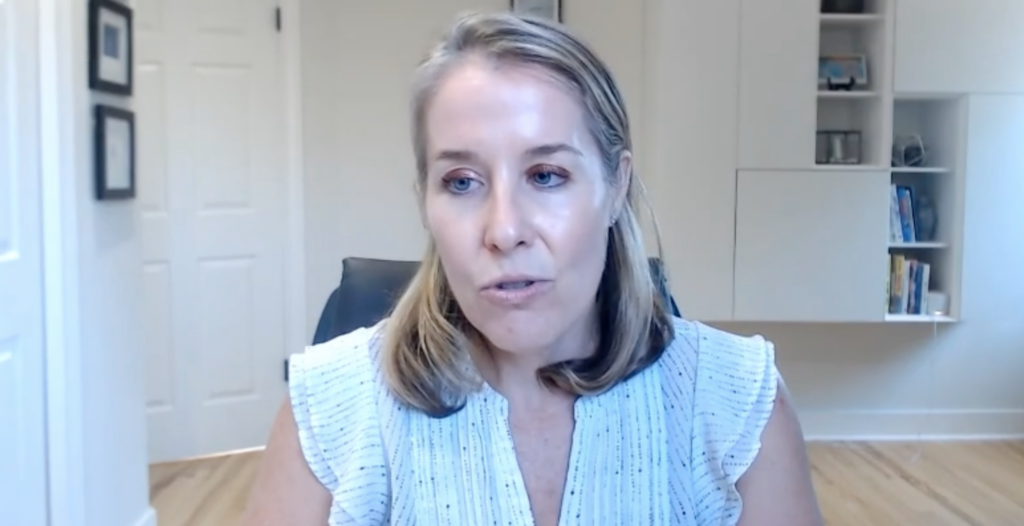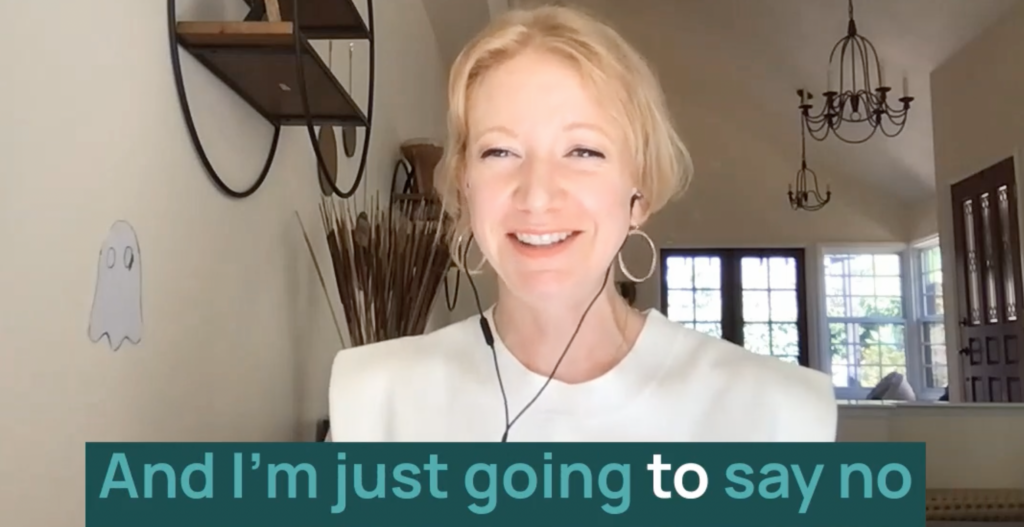Four Essential Strategies to Accelerate Career Growth
As a marketing executive with more than 15 years of experience helping companies connect with the head and the heart of their customers to drive revenue, I know that navigating […]
Four Essential Strategies to Accelerate Career Growth Read More »










